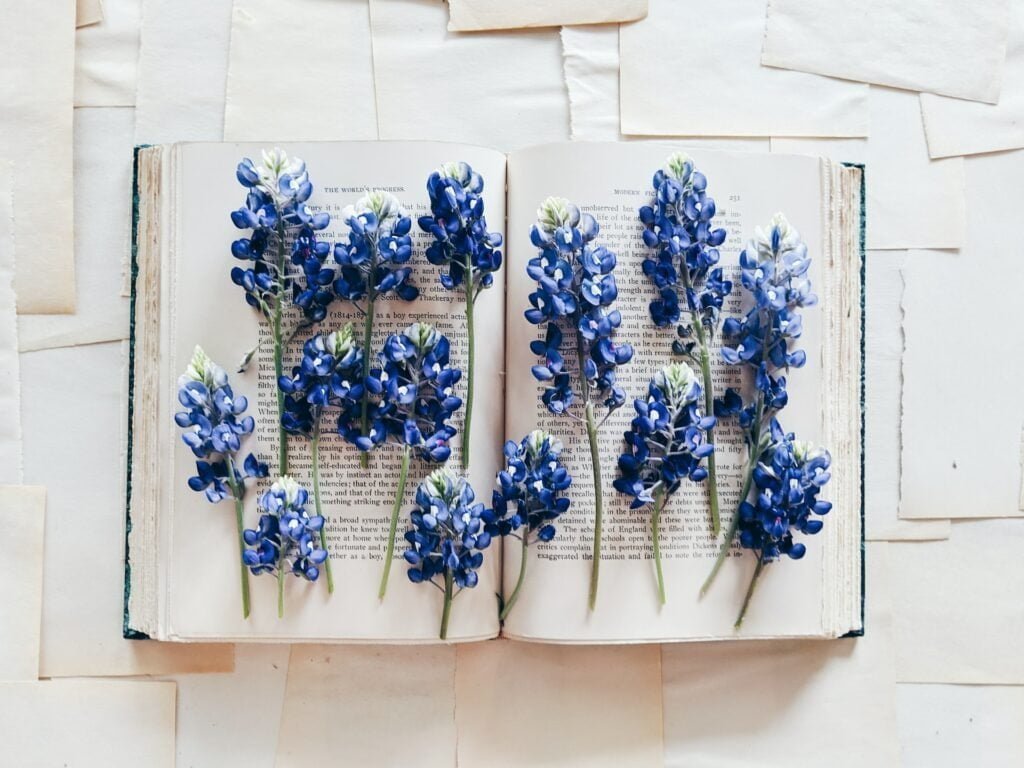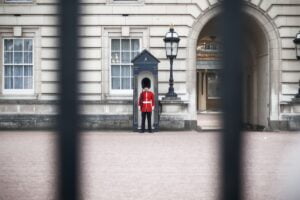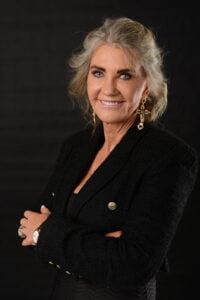Artists’ Odyssey from Canvas to Identity Creation through Creative Energy
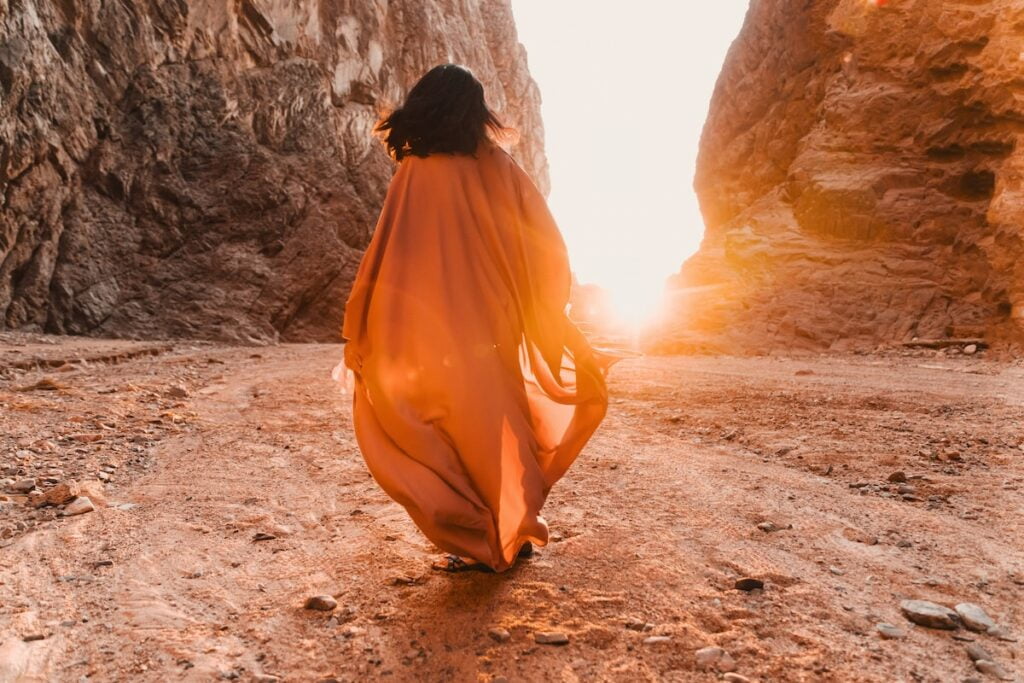
In the grand tapestry of human history, countless artists have found their voices against the harsh backdrop of adversity. They have transformed their struggles into timeless works, their battles into moving narratives, their pain into profound beauty. These artists have not merely created art; they have sculpted our understanding of the human condition, etching their experiences into our collective consciousness.
Reflecting on the art born from adversity Vincent van Gogh’s story comes to mind. Van Gogh, despite his mental health struggles, produced over two thousand artworks in just over a decade. His tumultuous life was reflected in his vibrant, expressive works, filled with raw emotion and dramatic beauty. His painting “The Starry Night,” with its swirling sky and luminous stars, stands as an enduring testament to his resilience, his ability to create beauty amidst turmoil. Van Gogh may not have found commercial success during his lifetime, but his posthumous recognition underscores the enduring value of his art.
Frida Kahlo, the Mexican painter known for her raw and symbolic self-portraits, is another inspiring example. After a bus accident left her with lifelong injuries and chronic pain, Kahlo turned to painting as a form of therapy. She channelled her physical and emotional suffering into her art, creating a visual language that spoke to the human experience of pain, love, and identity. Despite her personal adversities, Kahlo’s work resonates with audiences worldwide, a testament to her enduring legacy as an artist.
Ludwig van Beethoven, one of the most recognized and influential composers in the history of Western music, began losing his hearing in his late twenties. By the time he composed some of his greatest works, including his Ninth Symphony, he was almost completely deaf. Despite this profound adversity, Beethoven’s music is renowned for its emotional depth, complexity, and innovative composition. His ability to create such extraordinary music in the face of his personal challenges is a testament to his indomitable spirit and his exceptional talent.


In the modern world, there are endless stories of resilience. Nick Vujicic, a motivational speaker and artist born without limbs. Despite his physical limitations, Vujicic has defied the odds to become a successful author, authoring the art of living. Father of four, Nick’s life and work serve as an inspiring reminder that adversity can fuel creativity, not hinder it.
These artists, and many like them, have transformed adversity into a catalyst for creativity, a wellspring of inspiration. Their resilience, their ability to create amidst turmoil, is a powerful testament to the indomitable spirit of the artist. It is also a sombre reminder of how much talent is lost to humanity due to societal structures that fail to nurture or even acknowledge diverse forms of genius. Countless voices remain unheard, countless stories untold, countless visions unseen. The loss of these potential artists, these potential visionaries, is a loss for all of humanity.
Let us recognize the power of art to transcend adversity, to transform struggle into beauty, to convert hardship into inspiration. Let us honour the artists who have dared to create amidst adversity, whose work has shaped our understanding of the human experience. And let us endeavour to foster a world that nurtures all forms of creativity, that values every voice, that recognizes the potential in every individual. For it is in this diverse chorus of voices that we find the true melody of humanity, the real rhythm of our collective story.
The genesis of every artist is steeped in an deep desire to create, to bring the unseen into the seen, the unspoken into dialogue, the intangible into a form of self-expression. This is not a journey of the faint-hearted, but of those who dare to envision the world through their unique lenses. Artists traverse the landscape of the soul, narrating stories of human existence, one stroke, one note, one performance at a time. Their craft is their voice, their work a mirror to society.
In the world of commerce, the journey from artist to entrepreneur is like turning a caterpillar into a butterfly. It require a radical reimagining of self, a redefinition of identity, and the courage to venture into uncharted territory. This shift of roles embodies the true spirit of human creativity, an audacious dance of transformation that celebrates the power of creative energy.
The evolution from artist to entrepreneur is an extension of this creative energy. It is a brave endeavor, not just of selling products or services, but of weaving narratives into the fabric of commerce. Artists turned entrepreneurs are not merely businesspeople; they are curators of culture, innovators of industry, and architects of societal values. They understand that their business, like their art, is a means of communication, a platform for dialogue, a vehicle for change.
To transform yourself from an artist to an entrepreneur requires an understanding of your true identity. This is not an identity imposed by societal norms or expectations, but one that is self-crafted, self-authored. It is an identity that recognizes the ability to innovate, create, and inspire. Artists, in their essence, are entrepreneurs – they identify gaps in the cultural narrative, create novel solutions, and deliver value to their audience.
The path to entrepreneurial success for an artist is laden with challenges, but each hurdle presents an opportunity for growth. The artist-turned-entrepreneur must learn to balance the scales of creativity and commerce, to negotiate the dialectic of art and business. This is no small task, but it is a journey that is profoundly rewarding, a journey that affirms the artist’s role as a catalyst for societal evolution.
One of the most surprising facts about Shakespeare reveals a man who was not only a literary genius but also a shrewd entrepreneur, a linguistic innovator, and a figure of enduring intrigue. His life and work continue to captivate us, reminding us that, as he wrote in ‘Hamlet’, “There are more things in heaven and earth, Horatio, than are dreamt of in your philosophy.”
Shakespeare also had a knack for recognizing and capitalizing on business opportunities. During the plague outbreak in London in 1593, when theatres were closed, he turned to writing poetry. His poems, ‘Venus and Adonis’ and ‘The Rape of Lucrece’, were dedicated to the Earl of Southampton, a wealthy patron. This strategic pivot not only allowed him to survive a challenging period but also helped him build influential connections, demonstrating his adaptability and business acumen.
It is not in the stars to hold our destiny but in ourselves.
Shakespeare
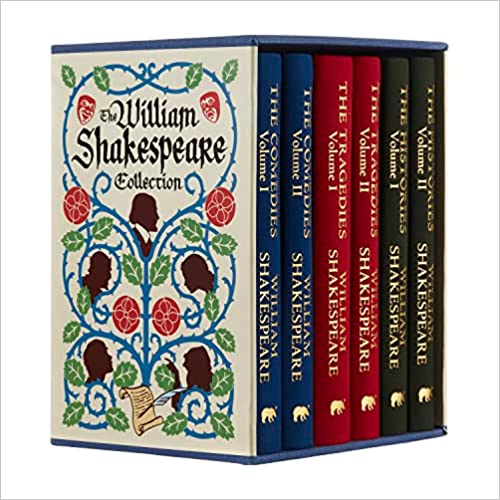
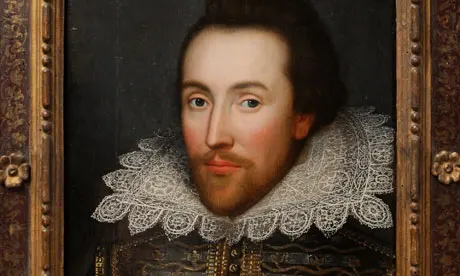
William Shakespeare Photograph of Shakespeare : Oli Scarff/Getty Images
An artist who becomes an entrepreneur does not cease to be an artist; they expand the realm of their artistry. They extend their canvas from the studio to the marketplace, their stage from the theatre to the world. They embody their art not just in their creations, but in their business ethos, their relationships, their impact on society. They recognize that their entrepreneurial venture, like their art, is an expression of their soul, a manifestation of their creative energy.
The journey from artist to entrepreneur is an affirmation of the power of human creativity. It is a testament to the resilience of the artist, the audacity of the entrepreneur, and the transformative potential of creative energy. Artists turned entrepreneurs are not just creators of products or services, but architects of a new societal narrative, one that celebrates diversity, innovation, and the indomitable spirit of human creativity.
As we traverse the 21st century, let us celebrate these artist-entrepreneurs, these cultural pioneers, these courageous visionaries. Let us embrace the power of creativity, the transformative potential of art, the audacity of entrepreneurship. Let us recognize that in the heart of every artist lies an entrepreneur, and in the soul of every entrepreneur, an artist. For it is in this marriage of art and commerce, of creativity and enterprise, that we find the true essence of human potential, the real beauty of our collective identity.
Identity creation is a lifelong process of self-discovery and personal growth that shapes our sense of who we are and how we relate to the world. Our identity encompasses our values, beliefs, goals, and relationships, as well as the social, cultural, and historical contexts in which we live. In this article, we will explore the factors that contribute to identity formation and discuss strategies for cultivating an authentic and fulfilling sense of self.
Creative energy and the factors that shape your identity creation
In recent years, there has been a growing trend of artists becoming more entrepreneurial and treating their art as a business. This shift has been driven by several factors, including the rise of digital technologies, the changing nature of the art market, and a desire for greater control over their creative careers.
Traditionally, artists have relied on galleries, agents, and other intermediaries to sell their work and promote their careers. However, with the advent of online marketplaces and social media, many artists are now able to bypass these middlemen and connect directly with their audience. This has given rise to a new breed of artist-entrepreneur who is adept at marketing, branding, and selling their own work.
At the same time, the art market itself has become more global and diverse, with new collectors and buyers emerging from all corners of the world. This has created new opportunities for artists to reach a wider audience and build their own businesses around their creative work.
To succeed as an entrepreneurial artist, it is essential to have a strong business acumen, as well as a deep understanding of the art market and the needs of collectors and buyers. This may involve developing a unique brand and visual identity, building a social media following, and leveraging digital marketing tools to promote and sell their work.
In addition to these technical skills, entrepreneurial artists also need to be able to balance their creative vision with the demands of running a business. This may involve making difficult decisions about pricing, production, and distribution, as well as managing finances and building relationships with clients and partners.
Overall, the rise of entrepreneurial artists represents a powerful convergence of business and art, with artists taking control of their own creative destinies and building successful businesses around their work. While this trend is still relatively new, it is likely to continue growing as more artists recognize the benefits of taking a more entrepreneurial approach to their careers.
Family and upbringing: Our family background and upbringing play a significant role in shaping our identity. Our parents and caregivers impart values, beliefs, and traditions that influence our worldview and sense of self.
Culture and society: The culture and society we live in have a profound impact on our identity. Cultural norms, expectations, and values shape our understanding of who we are and how we fit into the world.
Personal experiences: Life experiences, both positive and negative, contribute to the development of our identity. As we navigate through challenges and successes, we gain insight into our strengths, weaknesses, and passions.
Relationships: Interpersonal relationships with friends, romantic partners, and colleagues influence our identity by providing opportunities for self-reflection, emotional growth, and social connection.
Personal reflection and introspection: The process of introspection and self-reflection allows us to examine our thoughts, emotions, and actions, fostering a deeper understanding of our identity and personal growth.
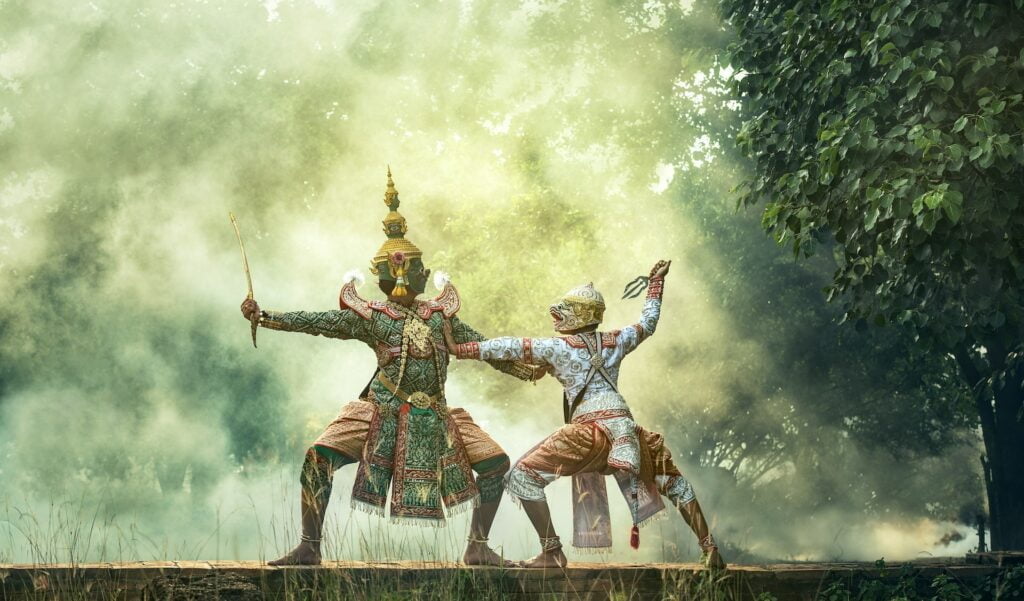
Cultivating an authentic identity and re-imagining everything you know
Developing an authentic identity involves self-awareness, self-exploration, and a commitment to personal growth. Here are some strategies to help cultivate a strong and fulfilling sense of self:
Embrace self-awareness: Strive to be honest with yourself about your feelings, thoughts, and desires. Acknowledge your strengths and weaknesses, and accept your imperfections as part of your unique identity.
Reflect on your values and beliefs: Consider the principles and beliefs that guide your life and determine whether they align with your authentic self. Be open to reevaluating and refining your values as you grow and change.
Nurture a growth mindset: Continually seek opportunities for personal development and growth, whether through formal education, hobbies, or self-improvement activities. Embrace change and be open to new experiences that challenge your existing beliefs and expand your understanding of yourself.
Foster meaningful relationships: Cultivate connections with people who support your growth, encourage self-reflection, and share your values. Seek out relationships that inspire authenticity and mutual respect.
Practice self-compassion: Be kind to yourself as you navigate the challenges and uncertainties of identity creation. Recognize that personal growth is an ongoing journey, and be patient with yourself as you evolve and change.
Identity creation is a complex and dynamic process that evolves throughout our lives. Challenging the status quo to re-imagine your artistic potential is a battle between social conditioning and change. By embracing self-awareness, fostering meaningful relationships, and pursuing personal growth, we can cultivate an authentic and fulfilling sense of self. Ultimately, the journey of identity creation is an ongoing exploration of who we are, what we value, and how we can best contribute to the world around us.
Do you want to share your story and inspire our readers ? Know that every story is paving the way for a brighter, happier future.
